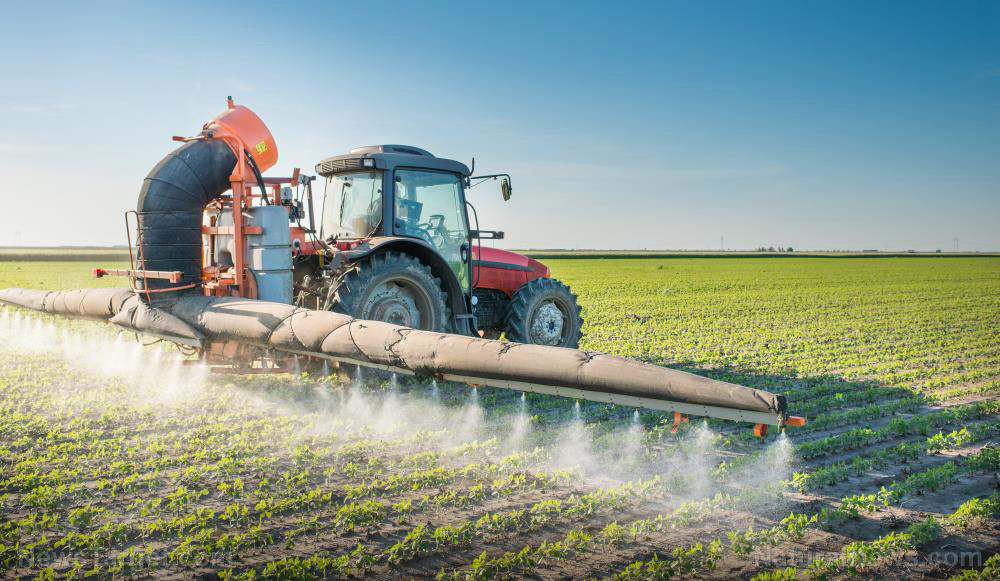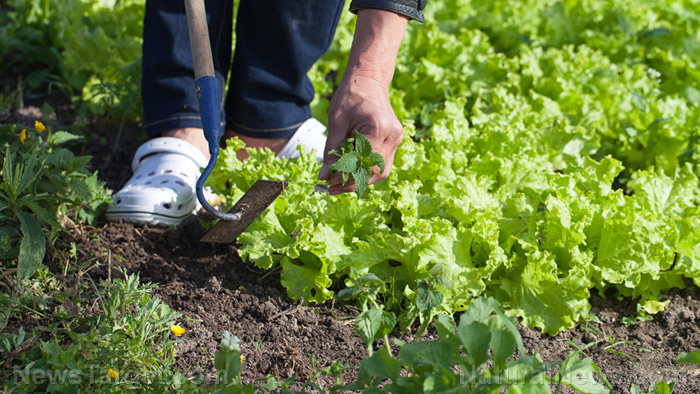Drought conditions causing surge in cotton prices, raising fears clothes could become more expensive
03/30/2022 / By Arsenio Toledo

Freak weather patterns in the United States, including drought conditions in Texas, are affecting the price of cotton, signaling fears that clothes are about to get more expensive.
On Monday, March 28, cotton futures in Texas jumped by four percent to reach a price of $1.3171 per pound. At one point during the trading day, cotton futures prices even spiked as high as $1.36 per pound before settling to their end-of-day price. (Related: No end in sight for inflation: Consumers and small businesses will continue to suffer as long as the money printing continues.)
This is the highest level cotton futures have gone since July 2011. During this time, cotton producers all over the U.S. experienced their worst drought ever and cotton futures rose as high as $2.27 per pound.
Analysts are already comparing conditions from then to now. Rainfall has been exceptionally low since early January in northwestern Texas, which accounts for about 40 percent of all cotton production in the United States.
The uncertainty also comes from the fact that March should be the start of the cotton planting season for some parts of the country, so investors are uncertain about the size of this year’s crop as weather patterns delay planting in some areas where new cotton should have already been in the ground for at least a few weeks.
The current drought is hitting an already tight market, as demand for most products, including cotton textiles, increases. American consumers are also having to compete with increasing demand in China, by far the world’s largest producer and importer of cotton and cotton textiles.
Ajay Kedia, weather forecaster and director and researcher for Kedia Commodity, indicated that if conditions in Texas continue, it could push cotton prices to $2 per pound or higher.
Texas farmers pushing ahead with cotton planting despite drought conditions
While drought conditions are still in place, many parts of Texas have already begun planting this year’s cotton harvest.
Agriculture experts in Texas said cotton remains competitive, but they agreed that many growers may have to make the difficult decision of whether or not to delay planting due to the drought conditions.
Cotton specialist Ben McKnight and cotton market economist John Robinson of Texas A&M University’s AgriLife Extension Service expect around seven million acres of cotton to be planted in Texas alone.
Robinson added that early grower surveys have forecast up to 12.5 million acres of cotton to be planted. This is a 6.8 percent year-over-year increase compared to the 11.7 million acres of cotton planted in 2021.
While a noteworthy increase in cotton acreage, especially during drought conditions, 12.5 million acres of cotton is still over a million acres below pre-Wuhan coronavirus (COVID-19) pandemic planting levels. According to the United States Department of Agriculture, 13.7 million acres of cotton were planted in 2019 before the pandemic massively curtailed demand for cotton textiles.
Even if the millions of acres of cotton in Texas are planted, ongoing drought conditions and other freak weather patterns could make many planted acres fail.
Conditions vary in different cotton-planting regions of Texas. In much of the Lower Rio Grande Valley and High Plains regions, most farms are irrigated and so can stave off most of the effects of drought. But prolonged dry conditions in West Texas and the Texas Plains are making it difficult for cotton farmers to start the season, and many could be convinced to plant more drought-resilient crops instead.
“The drought monitor map is showing dry or droughty conditions in a lot of the state,” said McKnight. “Weather will play a big part in how the crops perform, but going into planting, it could also play into growers’ decisions on what to plant.”
Climate.news has the latest news regarding weather patterns in the United States.
Watch Mike Adams, the Health Ranger, and JD Rucker from NOQ Report as they talk about Ukraine, Biden, the end times and the collapse of the American economy.
This video is from the Health Ranger Report channel on Brighteon.com.
More related stories:
Survey finds most global CEOs expect inflation to last through 2023 and beyond.
Report warns that supply chain backlogs might never let up.
Sources include:
Submit a correction >>
Tagged Under:
agriculture, climate, clothing, clothing prices, Collapse, cotton, cotton futures, crops, disaster, drought, environment, harvest, inflation, market crash, products, supply chain, Texas, textiles, weather
This article may contain statements that reflect the opinion of the author
RECENT NEWS & ARTICLES
COPYRIGHT © 2017 HARVEST NEWS





















